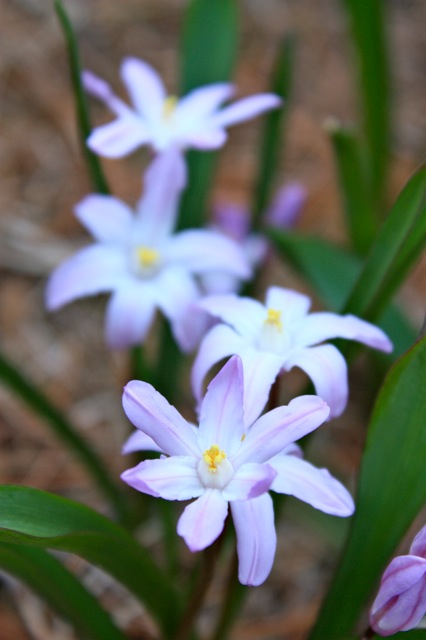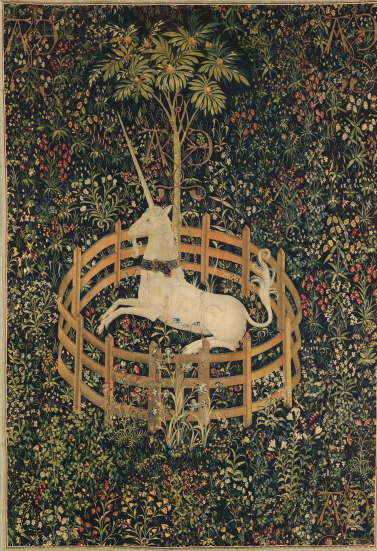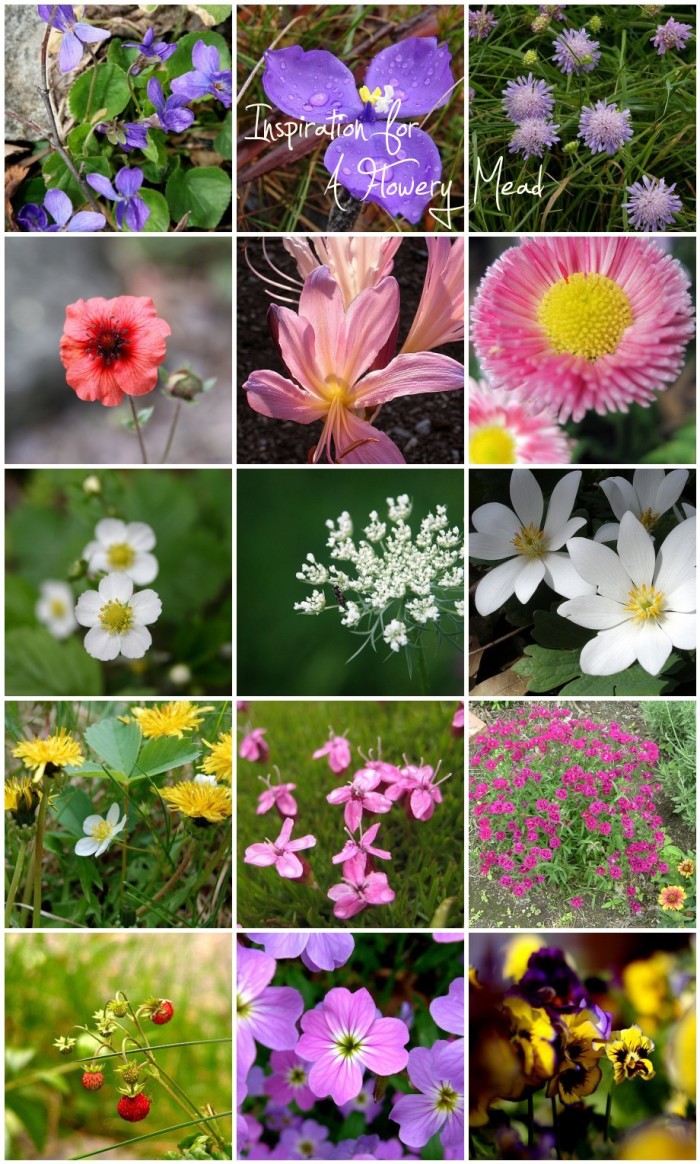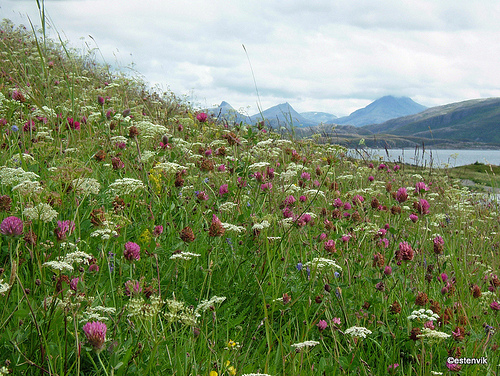
These little flowers reached the peak of their bloom in the (dead) grass of my front lawn this morning. I have been lamenting the state of affairs in this area of my garden as slowly but surely over the last couple years, about half of the turf has all but died completely (and I mean like the left half versus the right half — no patches, no thinning, just half of it is dead).
I know what the problem is. I refuse to water it (I’m not a grass torturer, none of the lawn at my house gets watered and most survives just fine). Combine that with the fact that every fall and winter the chippies (and their other rodent friends) dig in this area incessantly, that there is a mole metropolis the scaled size of NYC under it, and it is completely infested with grubs. To be honest, it is surprising that these little bulbs are actually living.
It only very recently dawned on me that all the digging is probably the result of the high grub content. Hungry rodents going for an easy food supply.
So I need to deal with the problem, and I am. But the upside is that I have a blank slate with which to re-imagine the new lawn.
Lawn Reform is quite a hot topic in the landscape industry, particularly in areas (not New England) where extreme amounts of water are required to keep the grass alive and healthy. Here in my corner of the world, properly planted and cared for established lawns generally don’t need more water than mother nature provides, but an issue of a lack of diversity can come into play as well as a plain lawns often lack design interest.
I am a fan of the weedy lawn, not completely for environmental reasons, but simply because I like the notion of a medieval flowery mead (meadow) and they are simply beautiful! Lawn perfection is about the most snooze-inducing thing I see in American suburbs and I love it when I see a beautifully cultivated mead.
 The Metropolitan Museum of Art’s “Unicorn in Captivity” found at Encyclopedia of the Exquisite.
The Metropolitan Museum of Art’s “Unicorn in Captivity” found at Encyclopedia of the Exquisite.
What plants make for a meaded lawn? Here’s a list to get started:
- Sweet Violets – Viola odorata
- Heartsease, Johnny Jump Ups or Wild Pansies – Viola tricolor
- Single flower Stocks – Matthiola varieties
- Wild Strawberries – Fragaria vesca
- Cornflower or Bachelor Buttons – Centaurea cyanus
- Carnations – Dianthus
- Flag iris – Iris pseudacorus, Iris versicolor or Iris prismatica
- Campions – Silene (varieties)
- Ladies mantel – Alchemilla
- Queen Annes Lace – Daucus carota
- Pincushion flowers – Scabiosa
- Cinquefoil – Potentilla
- Hawksbit (dandelions)- Hieracium aurianticum
- Field Scabious – Knautia arvensis
- Buttercups – Ranunculus
- English daisy – Bellis perrenis
- Naked Ladies – Lycoris squamigera
- Bloodroot – Sanguinaria canadensis
I am finding that as I plan, I am thinking that for the area near my house I am wanting a spring profusion that later might fade away and let the revived grass take center stage, but away from my house I am wanting to blend the edge of the more formal turf with the field beyond. There, I think I prefer more of the airy flowers and perennials that can be mowed, or not, and who will continue to smear the line between completely cultivated areas and the wilder woods and fields beyond throughout the growing season.
I am curious to know how many of you are perfect lawn purists? (not that there is anything wrong with that – provided you are doing so in a conscientious manner) or if you taken a relaxed approach to lawn care and let (or even encouraged) a little diversity?
1. Sweet Violets, 2. Purple flag/Native iris [Patersonia sp], 3. Field Scabious – Knautia arvensis, 4. Nepal Cinquefoil {potentilla nepalensis}, 5. suprise lily, 6. Daisy – English, 7. wild strawberry flowers, 8. Queen Anne’s lace (Daucus carota), 9. Bloodroot (Sanguinaria canadensis), 10. Dandelions and Strawberry, 11. Moss campion, 12. Carnation and Gaillardia, 13. Wild Strawberries In My Backyard, 14. Stock Flower, 15. a bouquet of thoughts
Click through to the gallery to see a few more beautiful flowery meads…..
images: desert meadow image by terrance moore for sunset.norwegian mead by Erik Stenvik. and nice tips for gardener

I’m going to redo a former small lawn area in clover. It will be green and offer a contrast to the surrounding garden beds, and will provide nitrogen to the soil and flowers for the bees.
I am not a lawn purist at all. A turf specialist would call it a ‘typical weedy patch’ but I have been calling it a flowery mead for many years. My blog is called the commonweeder and the common weed is the dandelion, but I also have violets, johnny jump ups, buttercups and hawkweed otherwise known as devil’s paintbrush. Ajuga has crept into the lawn along with ground ivy. Many of the flowers you mention are in place in the Lawn Beds in the middle of the flowery mead. We do not water or fertilize the lawn.